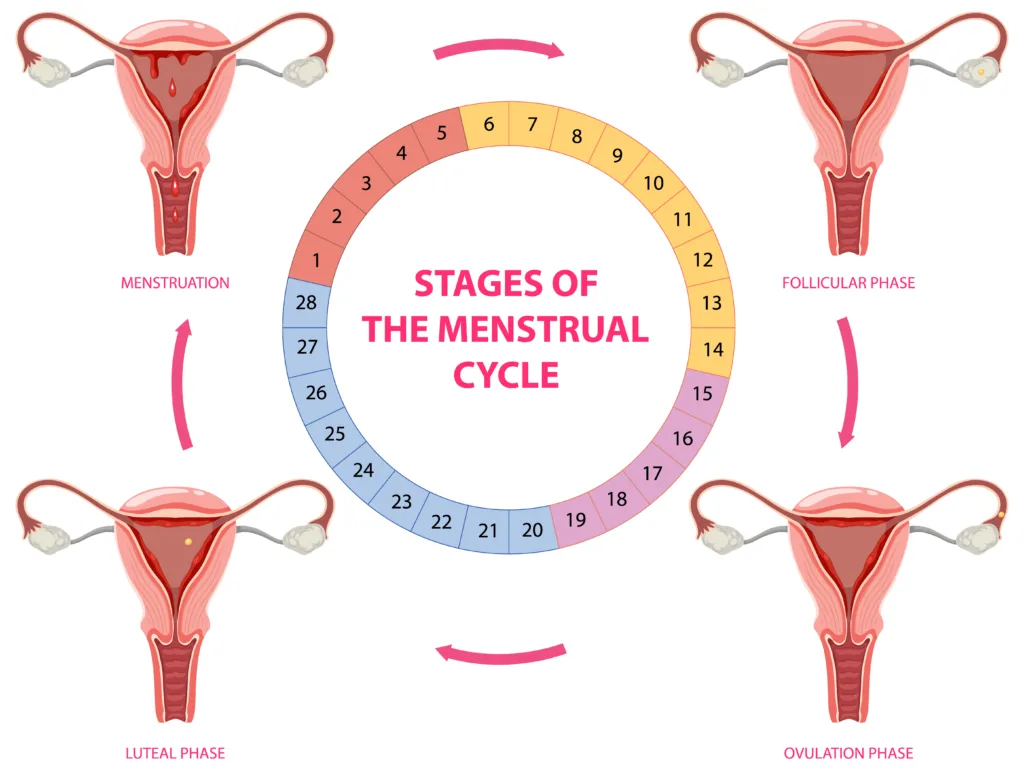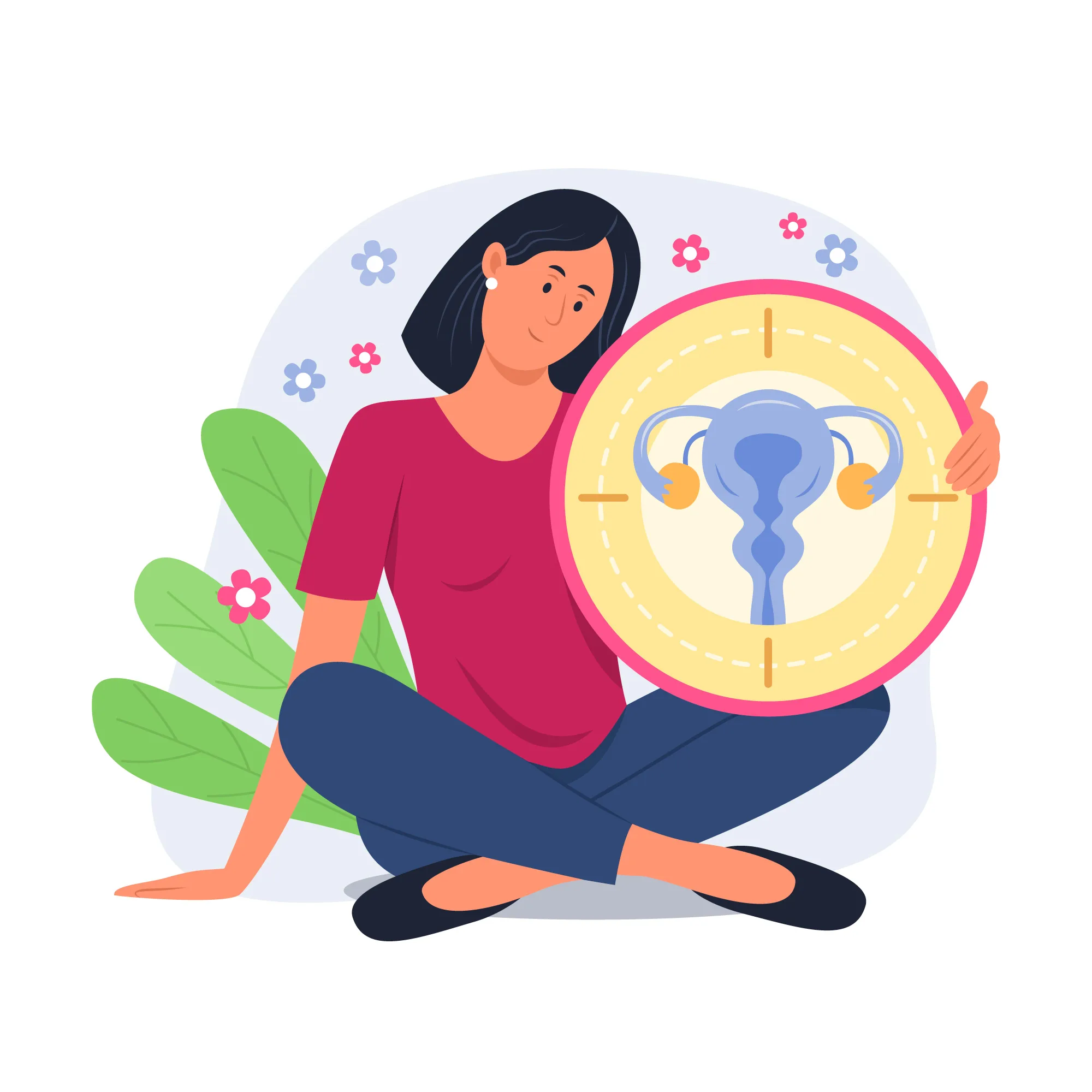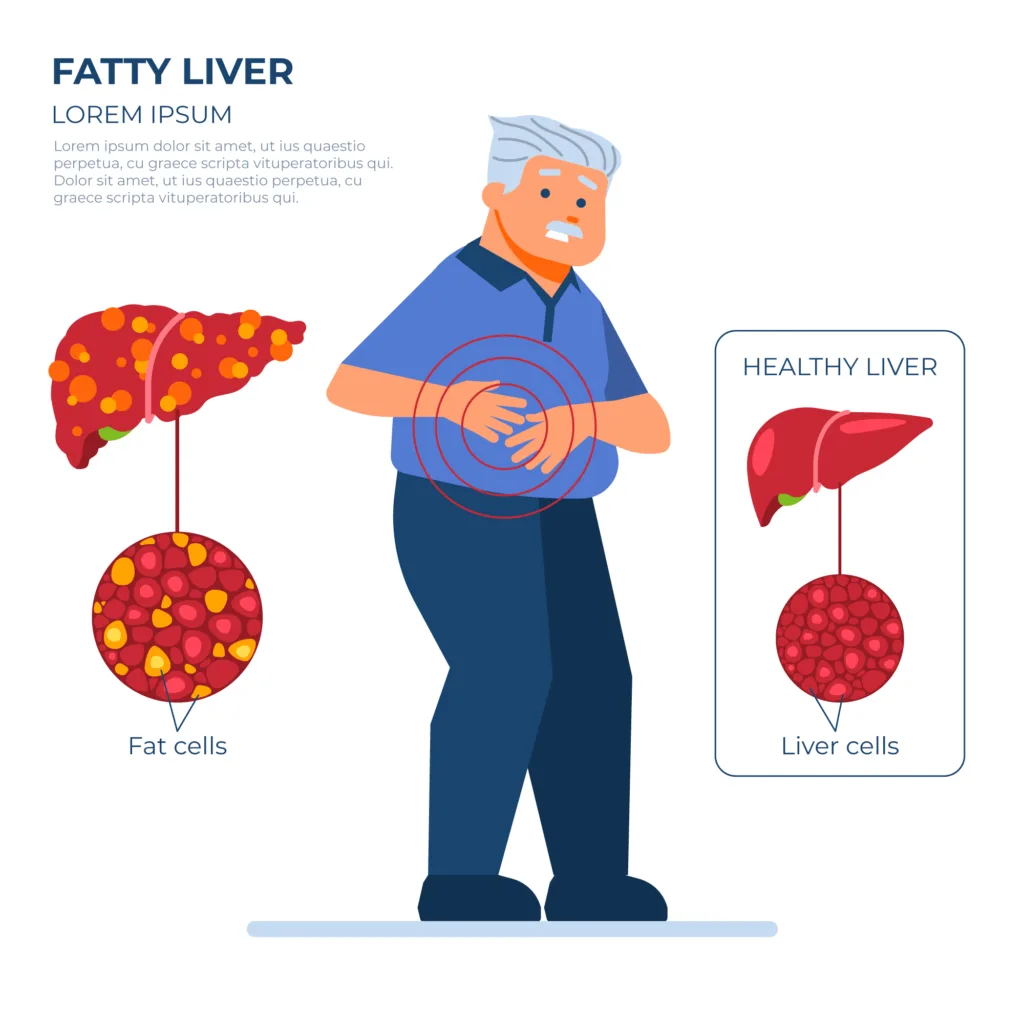Introduction:
One important participant in the intricate dance of hormones that controls bodily processes is luteinizing hormone, which is specifically responsible for managing reproductive health. In this article explores the role, significance, and ways that LH affects both men and women in an effort to demystify it.
Table of Contents
Then, what is luteinizing hormone (LH) exactly?
The pituitary gland produces and releases lethal hormone (LH), which is involved in the endocrine system. It serves as a messenger, independent of gender, directing the gonads—the ovaries in women and the testes in men to begin producing sex hormones. It releases at regular intervals that are essential for preserving that delicate hormonal balance. It has a rhythmic pattern.
In Female-Every month, the female reproductive system experiences a roughly 28-day cycle that is entirely normal and natural, but it varies from woman to woman. This cycle entails a series of physiological and hormonal changes intended to prime the body for a potential pregnancy. Divided into several stages, every segment has its own sequence of occurrences and fluctuations in hormone levels. Here’s a breakdown of the typical menstrual cycle:
Menstrual Cycle:

- Period (Days 1 through 5):
The first day of your menstruation mark the beginning of the menstrual cycle. The uterine lining sheds during this time, having expanded in the previous cycle in preparation for a potential pregnancy. Menstruation is a natural aspect of the procedure and often lasts three to seven days.
- Phase of Follicle (Days 1–13):
The follicular phase starts at the same time as your period, when your body prepares for ovulation. Follicle-Stimulating Hormone (FSH), which is released by the pituitary gland, causes the ovaries to produce many follicles, each of which contains an immature egg. One follicle takes the lead and keep growing while the rest follow behind.
- On or around day 14, ovulation:
A spike in luteinizing hormone (LH), brought on by an increase in estrogen hormone levels, causes the mature follicle to release an egg from the ovary in the middle of your menstrual cycle. This is when ovulation occurs.
- Phase of Luteum (Days 15–28):
The ruptured follicle becomes the corpus luteum after ovulation, and it begins to produce progesterone hormone. Progesterone thickens and increases the vascularization of the uterine lining, preparing it for a possible embryo implantation.
In the event that fertilization is unsuccessful, the menstrual cycle starts over when the corpus luteum degrades and progesterone levels fall.
LH in Females:
Maintaining the Menstrual Cycle:
In the dramatic menstrual cycle, Luteinizing Hormone collaborates with Follicle-Stimulating Hormone (FSH) to take the lead.
It encourages the ovarian follicles to release estrogen hormone early on by nudging them. A mid-cycle rise in luteinizing hormone (LH) triggers ovulation, which causes the ovary to release a mature egg.
Developing the Corpus Luteum and Luteal Phase:
Luteinizing Hormone intervenes post-ovulation to support the development and maintenance of the corpus luteum, a transient hormonal powerhouse.
The luteum turns into a maestro of the progesterone production, which is essential for preparing the uterus for a possible pregnancy.
LH in Males:
Keeping Testosterone in Check:
In guys, LH gives a nudge to the Leydig cells in the testes, prompting them to whip up some testosterone. Testosterone is the MVP here, making sure male reproductive organs develop, sperm production stays on track, and all those rugged masculine traits are maintained.
- Significance in the Real World:
Checking the Baby-Making Potential:
When it comes to sizing up fertility in both men and women, checking luteinizing hormone (LH) levels is the way to go. For the ladies, detecting an LH surge is a common trick in home ovulation kits. In men, if luteinizing hormone (LH) levels are running low, it could signal trouble in the testosterone production and fertility department.
Playing with Hormones:
LH and FSH sometimes get drafted into hormone replacement therapy for folks dealing with wonky hormone levels. When we’re talking about high-tech baby-making like in vitro fertilization (IVF), keeping a close eye on LH levels is key to fine-tuning fertility treatments.
When Things Go Haywire:
- Bumps on the Road with PCOS: For women grappling with Polycystic Ovary Syndrome (PCOS), LH and FSH levels might be doing a little dance, causing hiccups in menstrual cycles and ovulation.
- Calling in the Calvary for Hypogonadism: When guys have low levels of LH, it could be a red flag for hypogonadism — a situation where the testes aren’t pulling their weight in testosterone production.
Concluding remarks:
Even though luteinizing hormone doesn’t get much attention, it’s a backstage VIP in the intricate realm of reproductive health. Controlling this hormone is like having the secret to smooth menstrual cycles, fertility, and overall health for all people, regardless of gender. Understanding more about what LH does can lead to better diagnosis as well as more successful hormone therapy and fertility treatments. It’s revolutionary, improving reproductive health and elevating our standard of living in general.
Image Credit: Image by brgfx on Freepik, Image by Freepik




